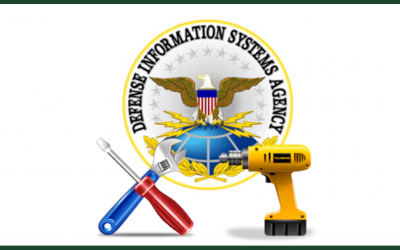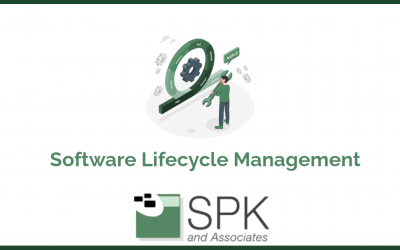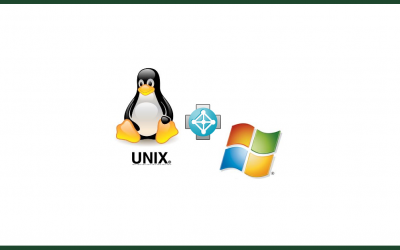Bugs can be introduced anywhere in the software development lifecycle, from the early stages (requirements gathering etc) right up to the final shipping of the project. The most expensive types of bugs to fix are those introduced earliest and fixed latest. For...
Software Development & Release Management
Incorporating Accessibility Into Your Software Engineering Projects
Are you missing out on reaching 25% of the US population with your current software engineering project? Maybe the elderly, at 13% of the population, aren't part of your target market, or maybe it's the 12% of the US population who are disabled that you aren't...
Five Steps to Take if Your IT Outsourcing Agreement Goes South
IT outsourcing relationships can be fraught with challenges, ranging from communications breakdowns between client and provider to issues surrounding performance. If an IT outsourcing agreement isn’t meeting your company’s expectations (e.g. SLA targets are missed;...
How to Conduct System Hardening Using the Defense Information Systems Agency’s (DISA) “Gold Disk”
Holes in your IT infrastructure can make for some awkward situations. Whether you're dealing with sensitive customer information, upcoming product designs, or simply just don't want people messing with your stuff, maintaining system integrity can be difficult....
Bad Changeset Management, Release Management Can Be Disastrous for Your Company
The core activities of configuration management (i.e. changeset management and release management) are essential to control the changes made to a system and to administer the release of its different versions. However getting it wrong damages your brand, customer...
Top 5 Reasons to Conduct an IT Outsourcing Re-Evaluation
IT outsourcing contracts, as noted in a recent blog post, should be treated as living documents -- continuously evaluated, refined, and optimized over time. Not only do business conditions continually change, but it’s also important for outsourcing customers to...
Continuous Builds – A Customer Experience
Software Development Lifecycle (SDLC): In our last article we discussed speeding up your build by leveraging tools such as Electric Accelerator. In this article we will discuss the process of Continuous Integration (CI) along with a customer experience utilizing...
The Importance of Tools Integration in the Software Development LifeCycle (SDLC)
This week I’d like to talk in larger conceptual terms about the Software Development LifeCycle (SDLC) process and the benefits of integrating tools associated with this process. To start off, let’s identify the four kinds of tools that are important to a fully...
Accelerating Your Software Build – A Customer Experience
Read about one of our customer experiences in helping to accelerate their software build system.
Four Unavoidable Reasons To Take IT Out of Corporate IT
In the world of IT, solutions become problems with alarming regularity. The new software of today is the upgrade nightmare of tomorrow. The policies that solved problems create new ones years later. The corporate IT departments that we look to for solutions are...
Five Reasons To Use Application Management Services
Application management services sounds intriguing; have a company host and run your applications, and separate your business from your infrastructure. Anyone who's dealt with the stress of IT planning and purchasing understands the temptation to use application...
Using Unix and Windows Groups with ClearCase
In this week’s blog entry, we want to have a look at how Unix and Windows groups work together in a mixed Unix/Windows environment. This topic can sometimes be a bit confusing, and here we hope to contribute to clarifying the subject. Many companies and development...








